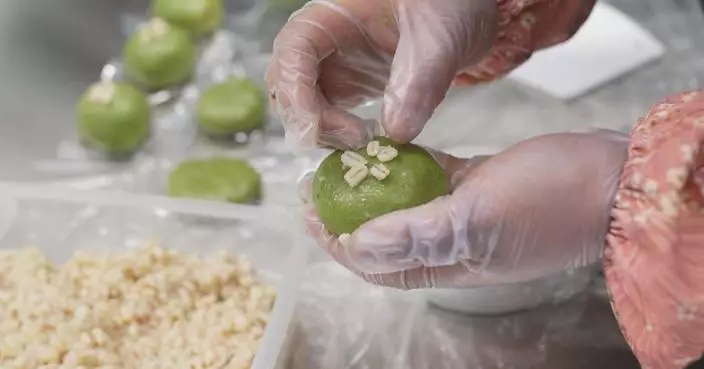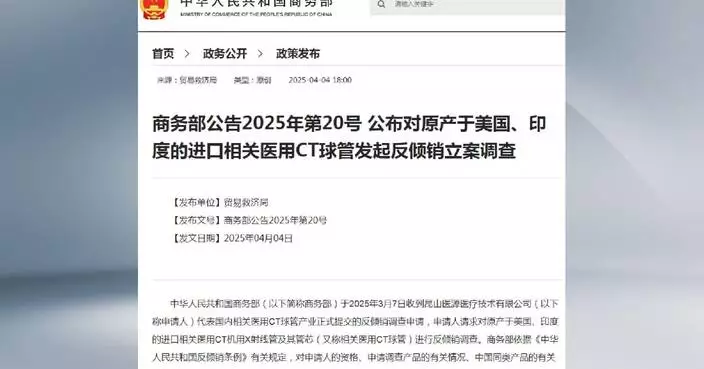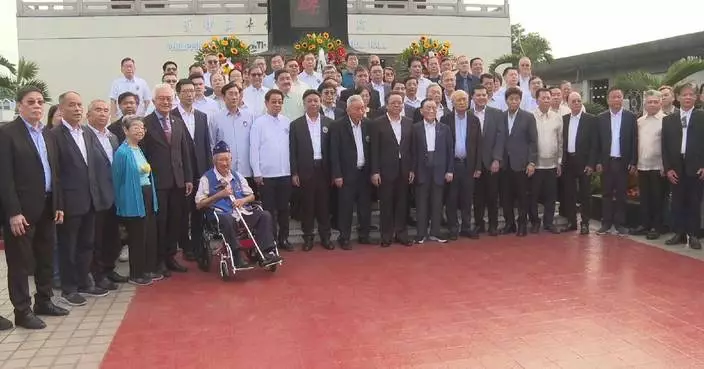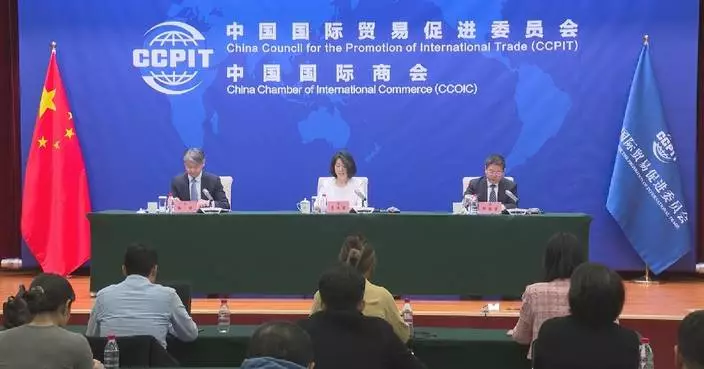The 23rd Chinese medical team from Guangxi Zhuang Autonomous Region to Niger ended their 558-day work and successfully returned to China in June this year.
While stationed abroad, Chinese doctors combined teaching with clinical practice, used diversified ways to promote traditional Chinese medicine into the lives of local people, improving Nigerien medical standards.
"In this Chinese medicine (diagnosis and treatment) center, I have paid more attention to teaching than before. I insisted on teaching them once a week, and I also made my teaching course ware into French version PPT, which is more conducive to their learning. Even if we come back and our medical team is no longer here, they can still use these traditional Chinese medicine methods to treat patients," said Zhong Jian, a doctor from the Chinese medical team.
In December 2022, Zhong Jian followed the 23rd medical team to aid Niger and came to this landlocked country located on the southern edge of the desert for the first time.
Faced with harsh climate and limited medical conditions, the China-Niger Traditional Chinese Medicine Diagnosis and Treatment Center was officially unveiled in May 2023. As the person in charge of the center, Zhong Jian actively organized local medical staff to conduct traditional Chinese medicine training.
"This is the certificate of honor issued to us by the hospital at the end of our term, which represents the (local) recognition of our work by our medical team during the one-and-a-half-year term," Zhong said.
During the 18-month mission, Zhong and other members from this medical team treated 22,450 outpatients, did 6,500 surgeries, rescued 632 critically ill patients, and trained 2,588 local medical personnel. More and more local medical staff and patients have personally experienced the efficacy of traditional Chinese medicine.
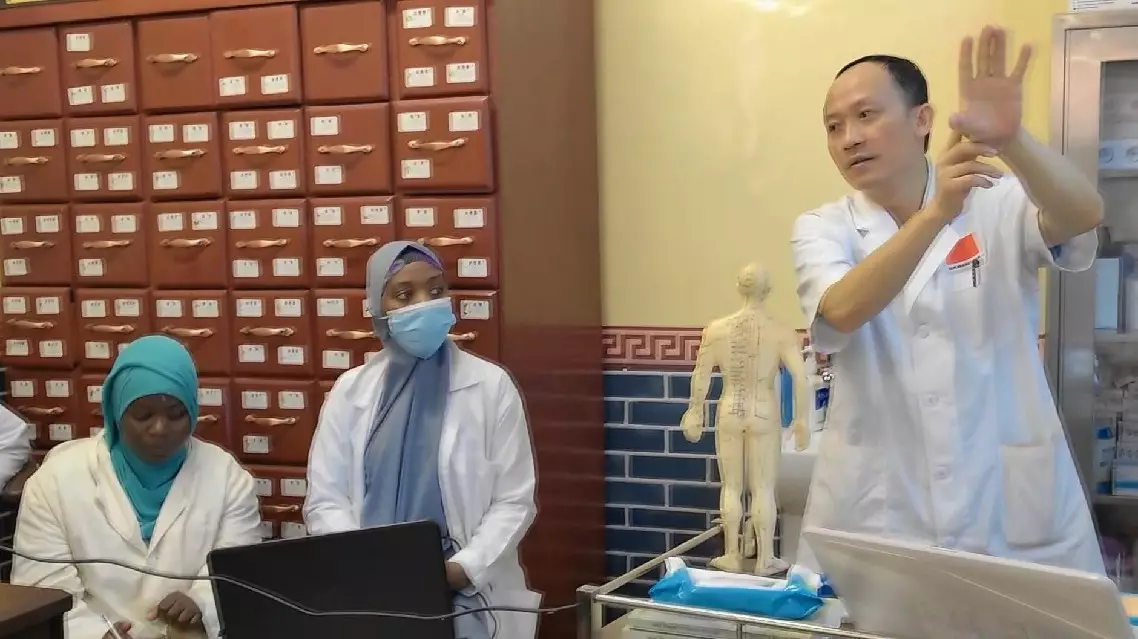
China's medical team healing Nigerien people with traditional Chinese medicine
As the Qingming Festival approaches this Friday, various traditional folk activities have been held across China, celebrating the rich cultural heritage of the occasion.
With a 2,500-year history, Qingming Festival, or the Festival of Pure Brightness, observed in early April, uniquely combines ancestral worship with the celebration of spring. Falling on the 15th day after the spring equinox, this ritual-rich observance reflects China's enduring values of ancestral veneration and inspires deep introspection about what gives life meaning.
In Sijia Village, Huayin City, northwest China’s Shaanxi Province, a unique swing festival is held to mark the occasion. Eighteen different types of traditional swings, such as the spinning wheel swing, the Bagua swing reminiscent of a rotating carousel, and the balance swing designed for two people, have attracted many visitors.
Historically, Sijia Village served as a military post guarding the strategic Tongguan pass, a former mountain pass and fortress located south of the confluence of the Wei and Yellow Rivers. The swing tradition in the village has its origins in military training exercises like climbing and river crossing. The local swing culture further developed as regional trade flourished, eventually evolving into the "swing festival" that continues today.
"It's very exciting and tests your skill, endurance, and most importantly, your arm strength. You need to maintain balance," said Qu Xiangyang, a visitor.
In Rudong County, Nantong City, east China's Jiangsu Province, another traditional Qingming activity takes place - kite flying.
Flying kites as a way of making wishes is an age-old Qingming custom in this region. As a result, the Qingming Festival in Nantong is also known as the "Kite Festival."
The local Banyao whistling kite making skills is listed as one of the first national intangible cultural heritage items.
According to a folk culture expert, people traditionally write the names of diseases or misfortunes on paper, attach it to a kite, and release it into the sky. This practice is believed to drive away illness and disaster, while also serving as a way to make wishes.
In south China's Guangdong Province, a large tug-of-war competition is underway in Maoming City. Teams from different towns and streets are competing, attracting many locals to cheer on their teams.
Tug-of-war, which originated during the late Spring and Autumn period (770 BC - 476 BC), became part of Qingming customs during the Tang Dynasty (618-907). Emperor Xuanzong of the Tang Dynasty once organized large-scale tug-of-war competitions for the festival.
"Tug-of-war became very popular in the Tang Dynasty, even emerging as the national sport. It originated in the Jingchu region and later spread across the country. In ancient Lingnan (Southern China), tug-of-war games were a common tradition. Through these events, people seek to pray for peace, prosperity, and abundant harvests," said Yao Guojun, vice dean of the College of Arts and Law, Guangdong University of Petrochemical Technology.
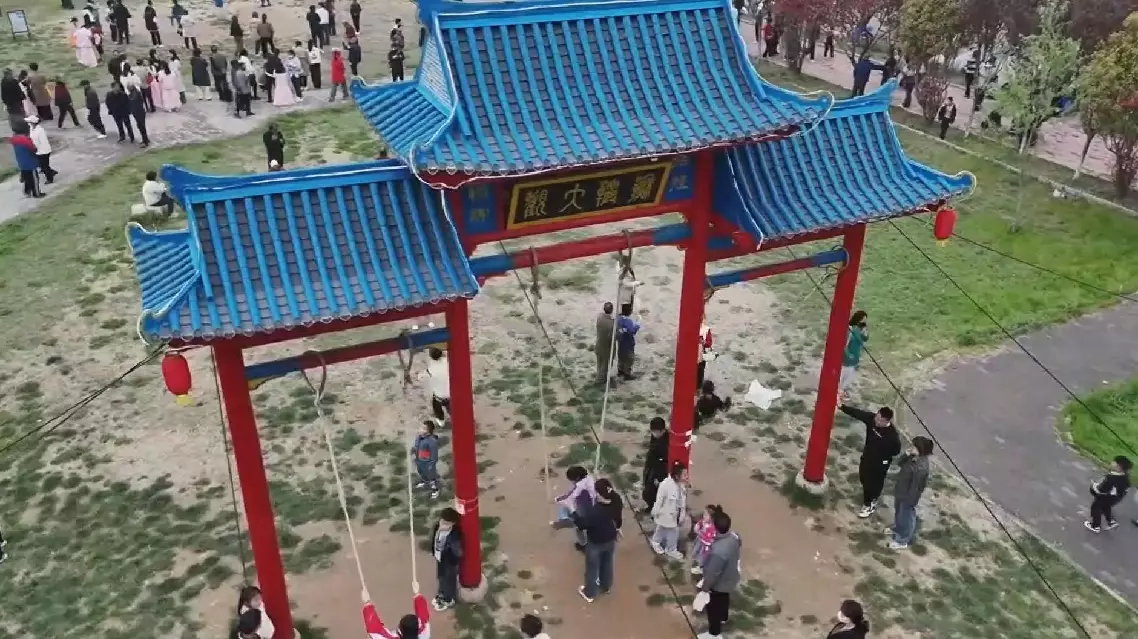
Traditional folk activities held for Qingming Festival







